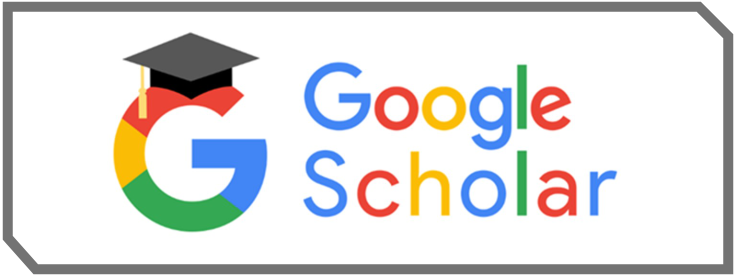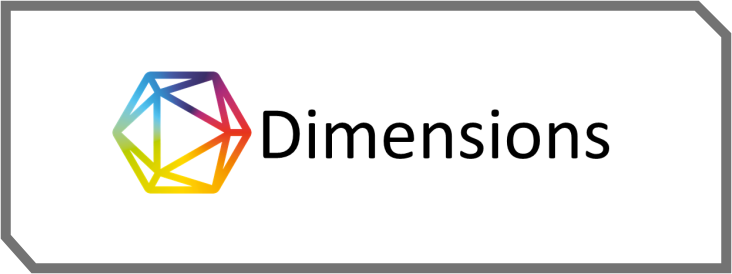Urban Farming dalam Meningkatkan Ketahanan Pangan Masyarakat Perkotaan
DOI:
https://doi.org/10.59581/jrp-widyakarya.v1i3.1108Keywords:
Urban Farming, target groups, food security.Abstract
Urban farming has so far been initiated by various actors including: the government, the private sector, and community groups. In this study it is useful to find out the analysis in looking at the implementation of urban farming in Denpasar City. This study discusses the differences in the role of urban farming between city government programs and independent organizations, in terms of resources as well as through policy failures and market failures through a qualitative approach. The failure of the policy was due to the agricultural policy initiated by the City Government being less successful in meeting the food needs of the people. Therefore innovation is needed through top down urban farming. Meanwhile, market failure occurred in urban farming in the city of Bandung due to people's discomfort with the products circulating in the market. This is one of the dominant motives for the emergence of bottom-up urban farming by independent organizational groups. Meanwhile, the sources of capital for urban farming are in the form of supporting facilities for planting facilities, hydroponic installations, and making greenhouses, but the capital for urban farming formed by independent organizations comes from contributions from members of the cooperative community and bank funds. An important aspect needed by independent organizational groups is to streamline operational costs by knowing how to reuse used goods into productive goods.
References
Bauw. (2015). Gerakan Urban Farming: Studi atas Mobilisasi Sumber Daya oleh Komunitas Bandung Berkebun. Diakses dari http://etd.repository.ugm.ac.id//.
Bon, H. D., Parrot, Lauren., & Moustier, Paule. (2010). Sustainable Urban Agriculture in Developing Countries A. Review. Agronomy for Sustainable Development, 30(1), 21-32.
Bishop, R., & Coughenour, C. M. (1961). Discontinuance of Farm Innovations. Ohio State University, Department of Agricultural, Environmental and Development Economics. Diakses dari http://hdl.handle.net/1811/70032
Carson, R. A., Hamel, Z., Giarrocco, K., Baylor, R., & Mathews, L. G. (2015). Buying in: The Influence of Interactions at Farmers Markets. Agric Hum Values, 33, 861-875.
Creswell, J. W. (2014). A concise introduction to mixed methods research. Publikasi Sage, California.
Edwards. F. (2014). Urban Agriculture as a Solution to the Problem of Urbanization in the City of Bandung. Universitas Katolik Parahyangan, Bandung.
Glaser, B. & Strauss, A, (1967). Penemuan Teori Beralas: Strategi untuk Riset Kualitatif, dalam Thomson, Stanley, Bruce., (2011). "Ukuran Sampel dan Teori Beralas”. Diakses dari https://www.researchgate.net/publication/228513695_Sample_Size_and_Grounded_Th eory/link/57cdf1ea08ae057987aabd39/download.
Schermer. M. (2015). From “Food from Nowhere” to “Food from Here:” Changing Producer- Consumer Relations in Africa. Agric Hum Values, 32, 121-132.
Smith. J., Nasr. J., & Ratta. A. (2001). Urban Agriculture Food, Jobs and Sustainable Cities.
The Urban Agriculture Network, Inc.
Smit, W. (2016). Urban Governance and Urban Food Systems in Africa: Examining the Linkages. Cities, 58(2016), 80-86.
Tacoli, C. (1998). Beyond the rural–urban divide. Special edition of Environment and Urbanization, 10(1).
Downloads
Published
How to Cite
Issue
Section
License
Copyright (c) 2023 I Dewa Gede Putra Sedana, Ni Luh Putu Ening Permini

This work is licensed under a Creative Commons Attribution-ShareAlike 4.0 International License.













